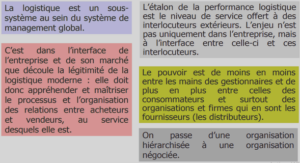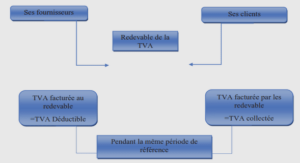Support de cours Tsunami modelling: theory and method, tutoriel & guide de travaux pratiques en pdf.
Tsunami modelling: theory and method
The traditional approach to model tsunami generation is based on solving the hydrodynamic equations with boundary conditions at the ocean floor corresponding to a static displacement caused by the earthquake source (e.g. Hammack, 1973; Lee and Chang, 1980; Okal, 1982; Comer, 1984a, b), Another well developed approach is based on the modal theory (e.g. Pod’yapolsky, 1968; Ward, 1980-a; Comer, 1984a, b; Panza et al., 2000). The former approach assumes the ocean and solid Earth to be partially coupled, whereas according to the latter they are fully coupled. Though the modal theory gives a solution corresponding to the exact boundary conditions, and it may be easily extended to models with slightly varying thickness of the water layer, it can be applied only when a source is located under the ocean. However, there are indications that sources near a coastline and even inland, may cause intense tsunami waves. For the analysis of such a case a suitable approach may be that based on the Green’s function technique, as proposed firstly by Kajiura (1963) for the analysis of tsunamis excited by an impulsive source.
Modal summation technique – Tsunamis generated by offshore earthquakes
The approach we make use here for modelling tsunamis generated by offshore earthquakes is the extension, performed by Panza et al. (2000) to the case of tsunami propagation, of the well-known modal theory (Pod’yapolsky, 1968; Ward, 1980-a; Comer, 1984a, b) and therefore we simply refer to it as “modal method”. In this approach it is assumed that the ocean and the solid Earth are fully coupled.
From the mathematical point of view, in the modal approach the equations of motion are solved for a multi-layered model structure, according to Haskell (1953), so the set of equations is converted into a matrix problem in which to look for eigenvalues and eigenfunctions.
………






